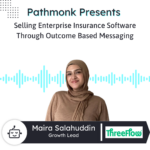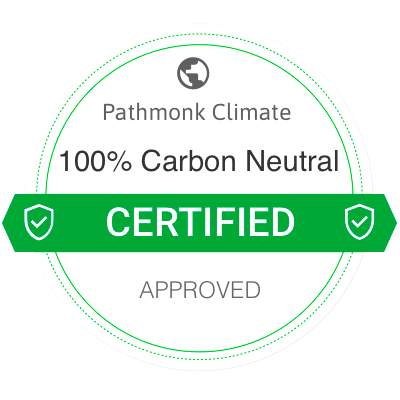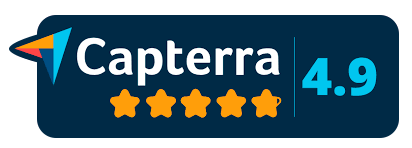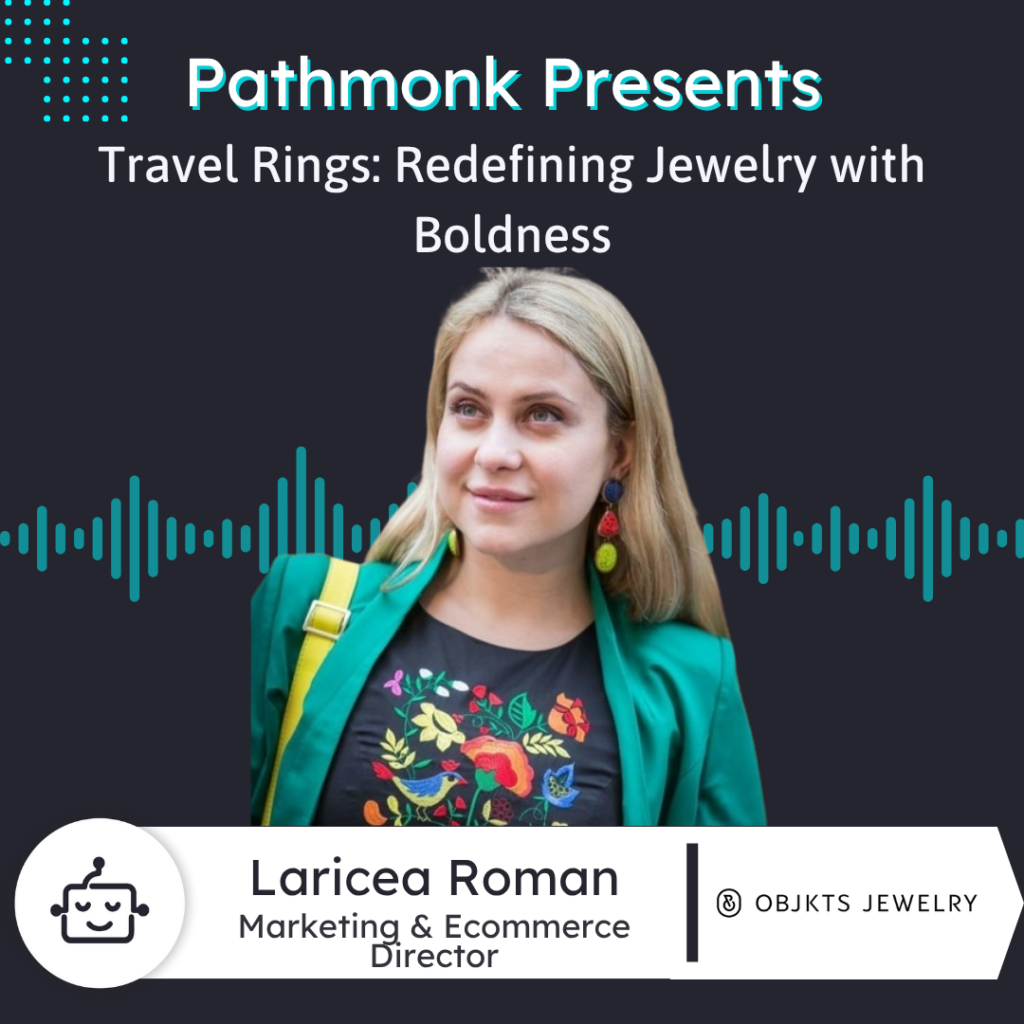
Introduction
Laricea Roman, Director of Marketing at OBJKTS Jewelry, joins Pathmonk Presents to discuss their pioneering travel ring concept, offering diamond-alternative jewelry for stress-free travel.
Since 2019, OBJKTS has grown 20% annually, leveraging a social media-first strategy on Instagram and TikTok to drive brand awareness. Laricea emphasizes their website’s role in seamless user experiences, fueled by continuous testing and tools like Hotjar.
By challenging traditional diamond brands, OBJKTS builds trust and engages 200,000+ customers with bold, high-quality offerings.
Increase +180%
leads
demos
sales
bookings
from your website with AI
Get more conversions from your existing website traffic delivering personalized experiences.
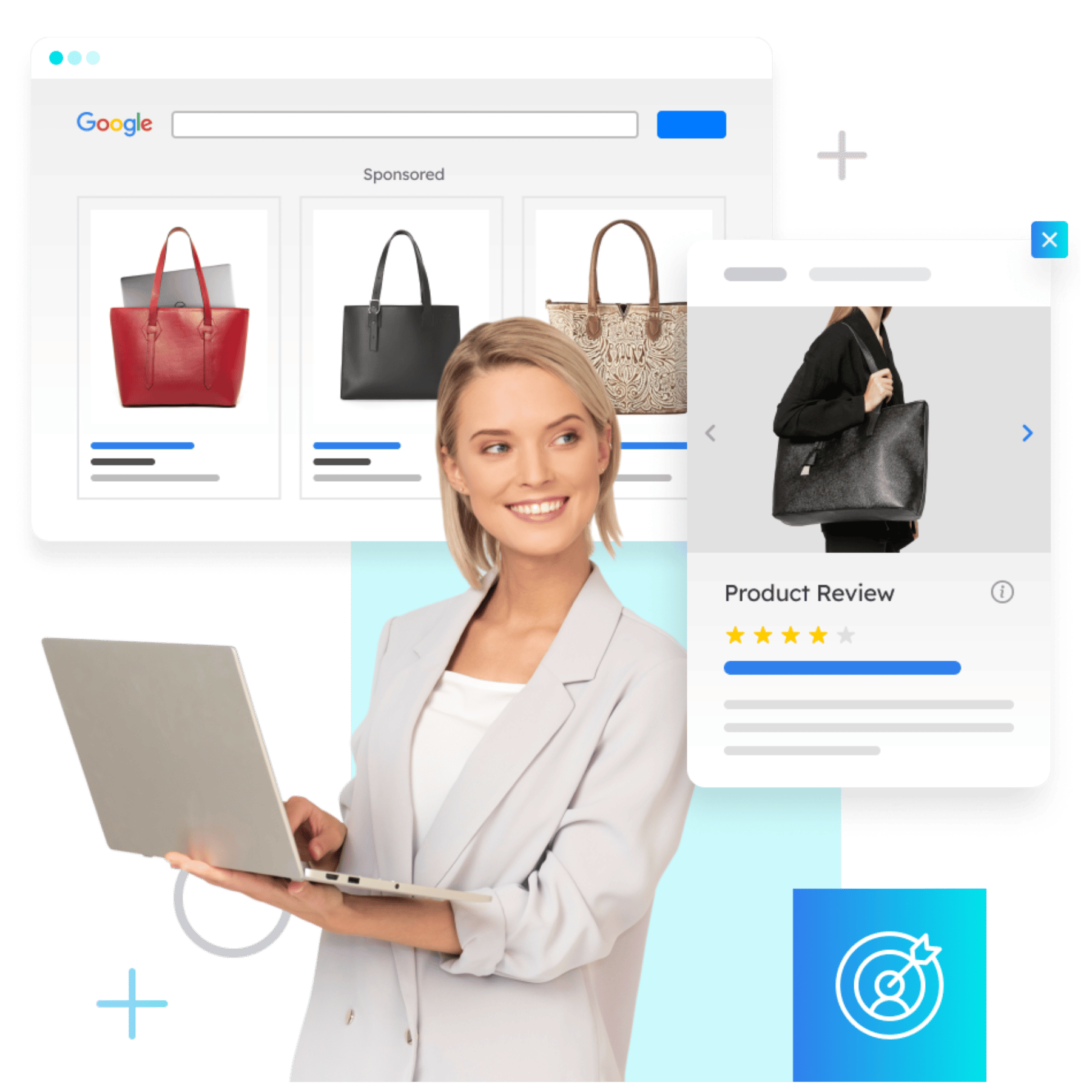
Rick: Pathmonk is the AI for website conversions when increasing online competition. Over 98% of website visitors don’t convert. The ability to successfully show your value proposition and support visitors in the buying journey separates you from the competition online. Pathmonk qualifies and converts leads on your website by figuring out where they are in the buying journey and influencing them in key decision moments with relevant micro-experiences like case studies, intro videos, and much more.
Stay relevant to your visitors and increase conversions by 50% by adding Pathmonk to your website in seconds. Let the AI do all the work and increase conversions while you keep doing marketing as your role. Check us out on Pathmonk.com.
Alright everybody, welcome to today’s episode of Pathmonk Presents. Today we are joined by Laricea. She’s the Director of Marketing at OBJKTS Jewelry. Laricea, welcome to the show.
Laricea Roman: Thank you. Thank you for having me, I’m super excited about our conversation.
Rick: Likewise, Laricea. Let’s get into it right away then. Can you tell us a little bit about your company, its approach to growth and sales, and what makes your brand stand out in the market?
Laricea Roman: Sure. I guess I’ll start with the latter part of the question because that’s the bit I love most. We’ve been around since 2019. We’re a jewelry brand, and the pioneers of the concept of the travel ring. A ring that you would take while traveling, in order to leave your diamond jewelry at home for peace of mind, no stress, and just enjoying your holiday.
That’s how it all started, and that’s the bread and butter of what we do. We’ve expanded into all sorts of areas like diamond alternative jewelry—rings, necklaces, earrings, bracelets, etc. I think what really makes us different from other brands doing similar things is the quality of our products and the history of the brand, serving since 2019 with over 200,000 happy customers.
Overall, we are in a really interesting market position in terms of challenging the diamond brands out there with the question: why would you spend an enormous amount of money on a diamond when you can have an alternative for 150 pounds that has bigger stones and probably sparkles more than a diamond?
We’ve been entering a completely new niche market and challenging a very well-established industry. In terms of growth, we’ve been growing 20% year on year, pretty steadily. We are a social media-first brand, with a very strong following, lots of fans, and we go viral every month.
So we are well established in that space. In terms of e-commerce, obviously, the only way of growing is through our website. Social media and website are our two pillars. It’s been a continuous journey to grow, learn, test, and learn some more, fail, and learn again.
Rick: I’m sure. First of all, congrats on the growth, that’s pretty impressive to be honest—20%. And the other thing that caught my attention really is that essentially you’re in the replica business in a way, right?
Laricea Roman: Yeah.
Rick: Exactly. And it also acts as an insurance policy for your engagement ring or your wedding band, or whatever the case may be. Unfortunately, many of the people that come to you, maybe it’s too late—they don’t want to lose their ring again or get it stolen. But it’s good to have it, right? Personally speaking, this is something I’m going to recommend to my wife because I don’t want her to lose my gifts throughout the years.
Laricea Roman: Absolutely. And it’s funny because people who got married a few years ago, including my husband, are all wondering: where were OBJKTS back then, and why didn’t we know about OBJKTS? Because if we had known, we would’ve spared that much money on my engagement ring.
As you can imagine, I’ve done a lot of social media comparisons: this is real, this is OBJKTS—can you tell the difference? No, you can’t, because only a gemologist can. It’s a very interesting industry.
Rick: Yeah, absolutely. Now, I want to touch on something you said in the beginning, which is you are a social media-first company when it comes to promotion and sales. But I’m also curious, how crucial is your website in your overall e-commerce strategy? Maybe you can touch on its strengths and where you see room for improvement?
Laricea Roman: I guess it sits at the core of our recruitment. We do not sell on social media, though we run paid media campaigns and deploy other marketing tactics. However, the only way people can buy from us is through the website. We don’t have an app, so we are 100% website-based, with about 95% of our traffic coming from mobile, as you would expect in this day and age.
In terms of how we bring people to the website, I’d say around 80% is social media. Then there’s the halo effect of social media—the brand awareness halo effect, as I call it. It’s very interesting. A trend I’ve been noticing: younger generations do not click. They see the ad, they acknowledge the brand, then they search on Google or review sites directly, or they go on Reddit. They don’t actually click on ads.
So it’s a very interesting trend. You’ve got to make sure that your reputation is impeccable out there on the internet. It’s not just how you look on Google or how your ads look on social media, but also other reputable sources where people go and check. Especially in these times, where there are so many scams and brands popping up on social media, people pay for something and never get their order, or they get something super cheap and awful. Unfortunately, in our industry, there are a lot of brands like that.
So the website sits at the core, and then we’ve got a collection of touchpoints where it’s just about presence, but we’re not selling anything there. It’s 100% through our website. It’s definitely the number one focus in terms of user experience and how visitors interact and engage with the brand.
Rick: Let’s stay on the user experience subject for a second. From your perspective, what do you think are the key elements of a high-converting e-commerce site when it comes to UX? Even behind the scenes—any tools, tactics, or strategies you rely on for converting more and breaking through the noise?
Laricea Roman: Sure. For success, I think it’s testing—literally testing every day—because something might go wrong at any point and destroy your journey. You need to make sure that at every point of the journey, from clicking on an ad to landing on your website to checking out, it’s seamless and uninterrupted. It shouldn’t be bombarded with other things; it should be easy, convenient, and encourage people to complete the process.
At the same time, you can fuel them to add something else that makes sense, but not something that takes them away from the final step. We’ve tested things like “add this to your cart to get X.” Does it distract or does it really work? Does it take people away from conversion? It’s a lot of test and learn.
I think that’s definitely the key to success, combined with understanding your data. There’s so much of it everywhere. Understanding and using data to personalize the user journey is crucial.
Now, I’ll admit we are far from reaching the level of personalization I’d love. It’s a work in progress. We’re still a young brand with a small but mighty team. But from my experience—15 years in marketing, most of them in e-commerce—I’d say it’s crucial to combine continuous testing and optimization with data utilization to personalize.
Everyone has different triggers that make them buy. For example, for some, seeing another “add to cart for free shipping” popup is annoying, but for others it’s exciting. So you’ve got to respect differences. One-size-fits-all doesn’t work. Unfortunately, many brands still do that, either because they lack capacity or because they don’t understand how to use data.
As for tools, we use Hotjar to understand user journeys and make decisions about menus, pages, tiles, etc. We also use something called Faring, which is a checkout questionnaire. After they check out, you can ask questions. We’ve gathered so many insights from that. People actually respond, even with no incentive. We’ve learned why people buy from OBJKTS and used that to create ad hooks and content ideas that went viral.
Everything is connected—the more you can link touchpoints and data points together, the more successful you’ll be.
Rick: Thanks for sharing that wisdom. With more than 15 years in the space, you’ve seen a lot of trends. Some tactics that bombard users still get used simply because that’s how it’s always been done, or out of laziness.
Let’s switch gears for a second, Laricea. I want to talk about you as a leader, and I want to jump into our rapid-fire segment. We do this to keep things light and engaging. The only rule is that for a concise question, we expect a concise answer. Is that okay with you?
Laricea Roman: Yep, perfect.
Rick: All right, let’s do it. Tell us the top three things you focus on day-to-day.
Laricea Roman: Revenue—no, I’m joking. Revenue, all owned channels, and team wellbeing.
Rick: Okay. In terms of content, do you prefer reading, watching, or listening?
Laricea Roman: Reading and watching.
Rick: What’s the latest piece of content—video, article, or book—that you picked up? Any gems or ideas that really stuck with you?
Laricea Roman: Since we spend so much on social media, I’m subscribed to all the Meta communications. It might not sound exciting, but the latest one was an incredible piece of advice. It was a 20-minute video on how to make the most of your Reels data to get them to perform better. It was fascinating. I skipped through at first, then went back, watched it properly, and tested it—it worked really well.
Another person I recommend is Dara Dini. She’s an institution for Meta ads. Anything I read or watch from her is exceptionally useful. For your listeners who are heavy on paid social, I suggest checking her out. She does very short videos that are extremely helpful in your analysis and campaigns.
Rick: Thanks for sharing that. I’m sure people will go follow her right away. If you had a magic wand, Laricea, and you could fix one frustrating thing in your marketing life with tech, what would it be?
Laricea Roman: Attribution. If I had a magic wand, I’d ask it to give me correct attribution across all channels. That would be my absolute dream.
This is a smaller task now, but in previous roles I had out-of-home, TV, partnerships, influencers, radio, press—you name it. Imagine attribution then! Even at this smaller scale now, it would be a dream to know exactly which channel generated a sale. No last click—just truth.
Rick: That’s a good one. I’m sure a ton of marketers relate to this because it’s been so hard to crack.
Laricea, I want to thank you for being on the show with us today. I also want to give you the last word. If someone forgets everything about the interview, what’s the one thing they should remember about your company and the work you’re doing?
Laricea Roman: Be bold. We are small and mighty, and we are bold in pioneering new ideas and uses of existing products. We’re bold about it and we shout about it. That comes from wanting to really stand out in an industry where at least 25 other brands claim to do the same.
Find your niche, gather enough proof that you can own it, and be very good at it. Drive with that and be bold, even when conversations or reactions come on social media. We get a lot of questions like, “Why do you have a diamond ring if you’re not going to wear it?” But all PR is good PR. Conversations spark, people discuss, and that’s how they start talking about the company.
So, find your USPs clearly, play on them, and build a proper brand strategy around them. That’s the only way to be famous for something or to pioneer something.
Rick: Awesome. What a way to close. Thank you so much again. If anyone wants to check out OBJKTS Jewelry, where should they go?
Laricea Roman: OBJKTSJewelry.com, obviously the website. We’re also at OBJKTS Jewelry on Instagram, TikTok, Facebook, and YouTube. Come check us out—it’s quite addictive. Once you’re in, you’re in, because it’s a great brand.
Rick: Amazing. Thank you again, and I wish you a wonderful day. It looks sunny in London right now—enjoy it while it lasts and have a beautiful rest of the week.
Laricea Roman: Absolutely. Thank you for having me, and all the best with the podcast. Thank you to your listeners.
Rick: Of course. Thank you. Bye everybody.
Laricea Roman: Bye.




